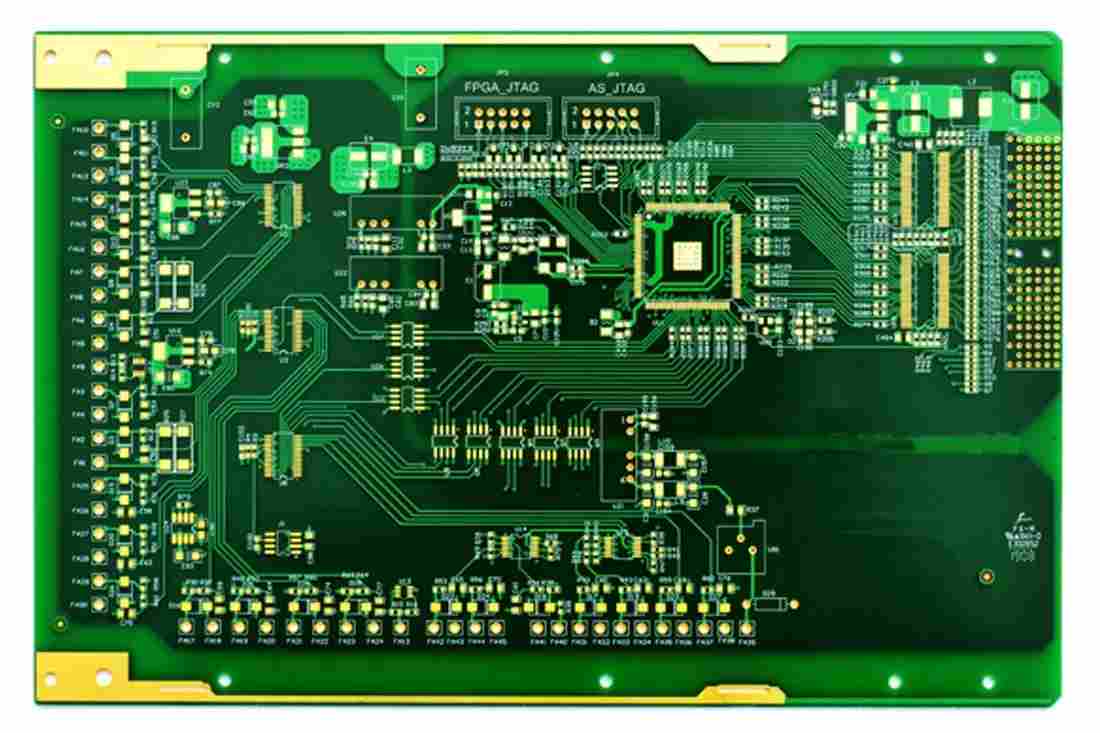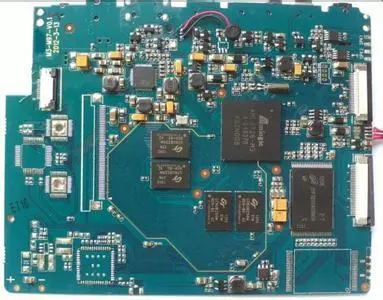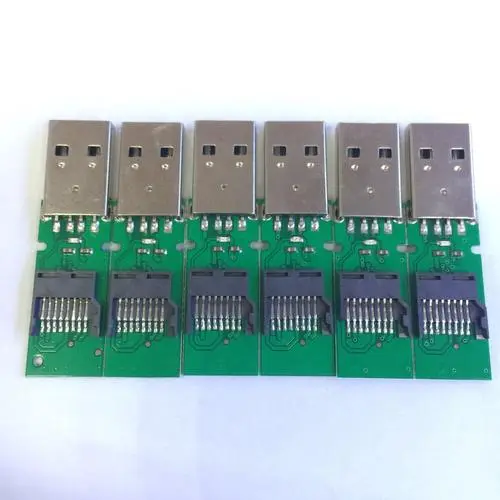
High speed and high-density PCB design New efficiency Automatic routing and parallel design
Choice of efficiency: automatic routing and concurrent design
Schematic design is not only to "trace" the circuit, but also has many other requirements. Schematic design tools should be able to bring these requirements to the next link, supporting automatic routing, functional simulation, etc.
In order to find a more efficient design path, solve the time pressure of product launch, and quickly bring the product to the market, automatic routing and concurrent design technology came into being.
"If we can make good use of the automatic wiring technology, we can reduce the drawing time and improve the PCB design efficiency by more than twice." However, in order to realize automatic routing, it is necessary to transfer the circuit design requirements of system design engineers and hardware design engineers to PCB engineers with the help of electrified rule manager.

For the relatively simple system in the early days, the usual practice is that the hardware engineer writes down the design requirements one by one and tells the PCB design engineer how to do it. But for complex systems, facing thousands of connections and countless requirements, hardware engineers cannot record these rules one by one, and PCB design engineers cannot check and implement them one by one. At this time, an electrified rule manager is needed to manage various design requirements, and hardware engineers and PCB design engineers can work together on the basis of the same rule manager. Cadence's rule manager Constraint Management (CM for short) has been seamlessly integrated into its schematic design tool and PCB design tool. After the schematic design is completed, the hardware engineer's design requirements (electrical performance, DFT, DFM rules, etc.) are automatically brought to the next link by CM, and the system automatically routes according to these rules. Therefore, automatic routing is based on constraint rule driven automatic routing, but at the same time, there must be a router that can well understand and complete these constraint rules. Cadence's Specctra can make the two well unified.
As for the automatic wiring technology, Chen Lanbing suggested, "If a company does not master the technology well, the signal integrity problem cannot be solved easily, so it is recommended not to use automatic wiring. Because if the rules are not well defined, automatic wiring will not be driven correctly." No matter how developed the tools are, computers cannot completely replace human brain behavior, so it is impossible to have 100% automatic wiring. The automatic routing we mentioned above is actually an interactive automatic routing, which requires the participation of people. Before the automatic routing, some rules still need to be further determined manually; After the automatic routing is completed, engineers need to verify and modify it.
For traditional, low-speed system design, many engineers may have had such experience. They use Cadence's OrCAD to draw schematic diagrams and Mentor's PowerPCB for layout and wiring. This method is no longer suitable for high-speed design. "Data cannot be completely converted between tools of different manufacturers. For example, the traditional method of reading net lists cannot bring some electrical attributes and requirements in schematic diagrams to PCB design, so it is not suitable for high-speed design."
In addition to automatic routing, concurrent design is also an effective way to improve design efficiency for large systems. Concurrent design, namely collaborative design, is to divide a circuit board into several parts, which are designed by several people at the same time. According to Yu Lifu, Mentor Graphics tools have been able to achieve concurrent design at present. If you save the design on one machine, the other machine can see it immediately, and the connections on both sides can be connected automatically, which can reduce the task of integrating different designs. Youliff said: "By the end of this year, the completely dynamic concurrent design tool extremePCB of Mentor Graphics will be available to the market. At that time, engineers can perform fully real-time concurrent design just like online CS, that is, their designs can be seen by each other in real time, which can facilitate the cooperation between engineers in different places." For concurrent design, it needs not only good design tools, but also good design methods. He suggested that concurrent design should not be too detailed or too broad, and 2 to 3 people should be reasonable, otherwise, the idea is too scattered, which is not conducive to design. PCB assembly and PCB processing manufacturers explain the new efficiency options of high-speed and high-density PCB design: automatic routing and parallel design.







